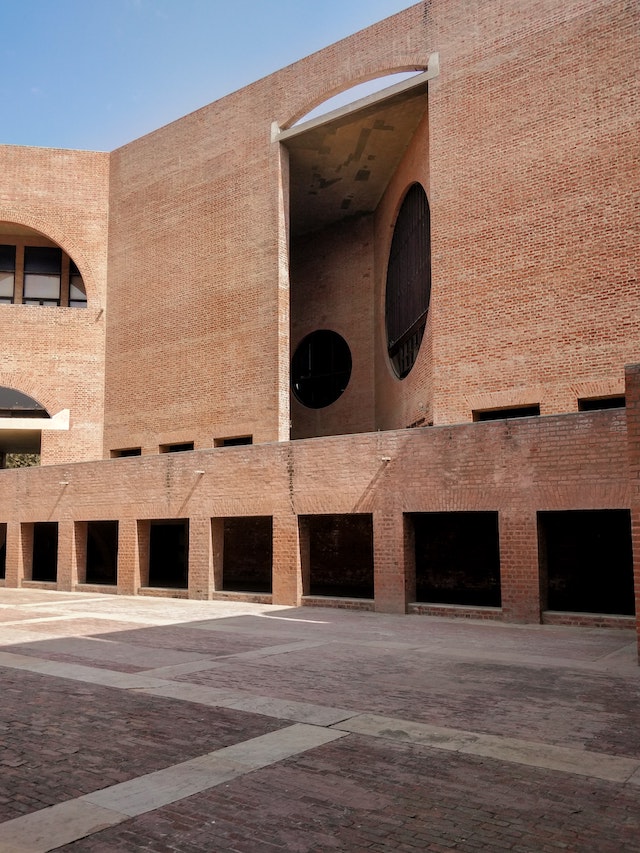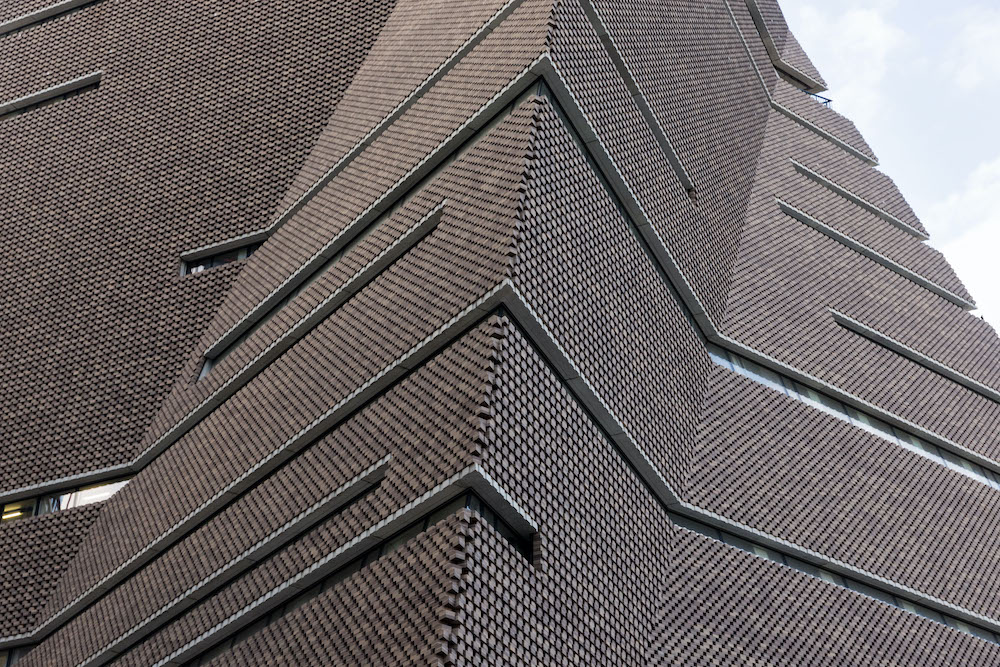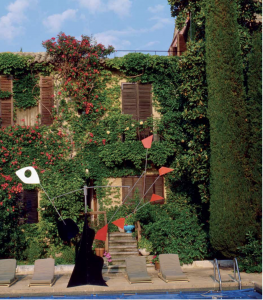An ode to the ancient building block

Dating back to 7000 BCE, the humble brick continues to be our structural foundation. Few fundamental innovations go back further: The written word is a little over 3,000 years old, the invention of the wheel only 3,500, by comparison.
In their first iteration, bricks were made of clay or mud, and sun dried. Modern-day varieties are mainly sand and clay, fired at up to 1,100 degrees. While the methods and constituents have evolved over time, this simple modular idea has hardly changed.
Brick architecture can be paradoxical. On the one hand, it is mostly geometry, and devoid of figurative carvings or ornamentation, lending it a timeless quality. Look at Tate Modern by Herzog & de Meuron, the Indian Institute of Management by Louis Kahn, or, going back a little further to 2030 BCE, the Great Ziggurat of Ur by King Ur-Nammu. Conversely, telling the age and geographic location of a building can be easy when looking at the brickwork in abstract: A Roman building has signature-style workings and bonding, as does a Dutch townhouse, when compared with a building of the same date in London.

There is a multitude of patterns and colour-coded systems in bricklaying, opening the door to various styles of geometric decoration: 45-degree herringbone bond, Flemish diagonal bond, Della Robbia bond, Scottish bond, American bond, double English cross bond…the list goes on.
With new innovations on the horizon including recycling of old demolition waste and other constituents, the modest brick will likely continue to be used long into the future. Amen to that.

This article is taken from Port issue 28. To continue reading, buy the issue or subscribe here




